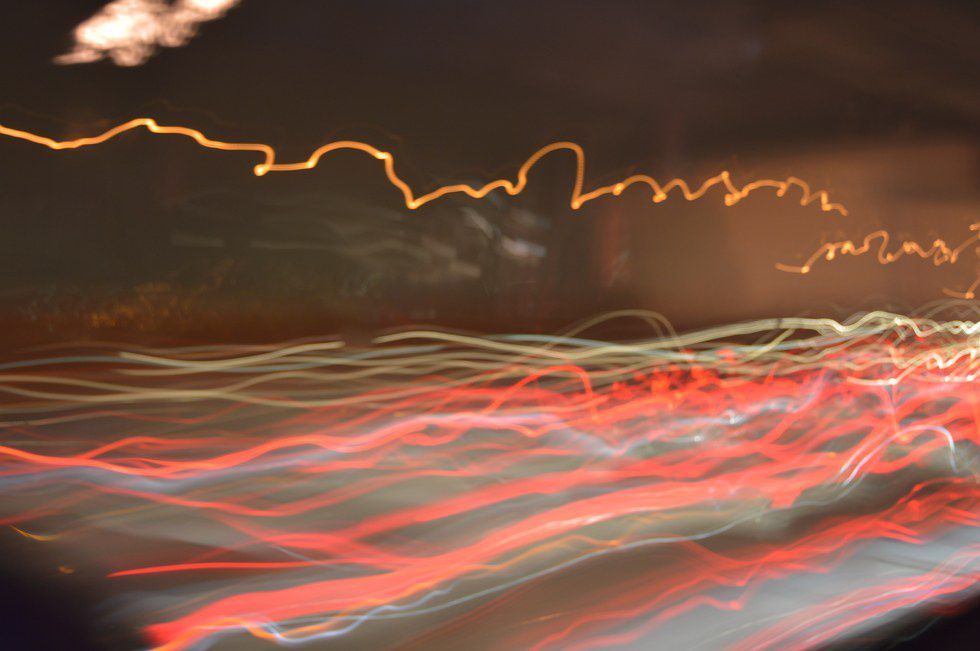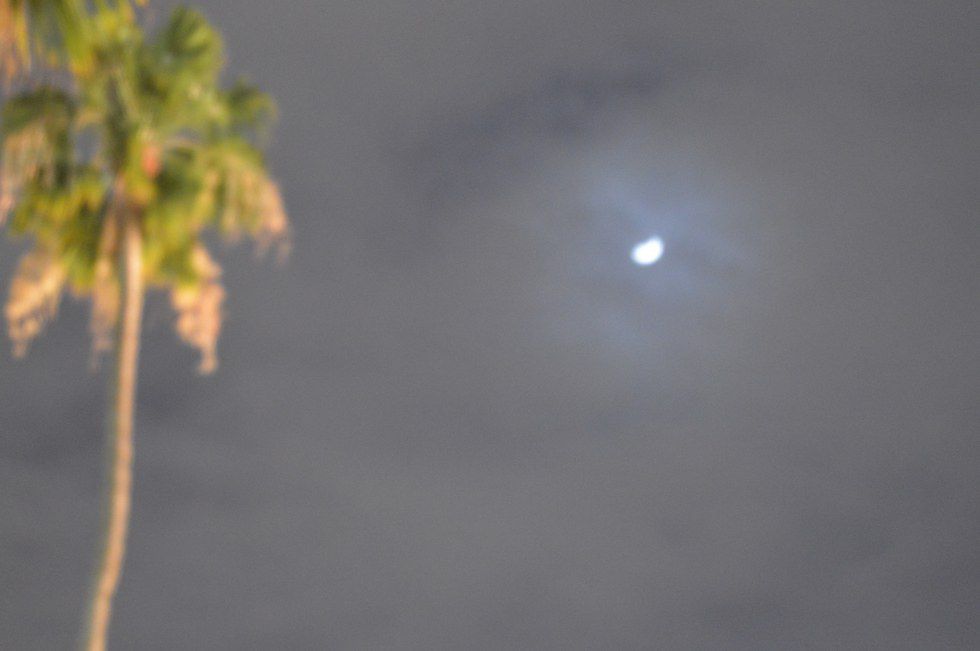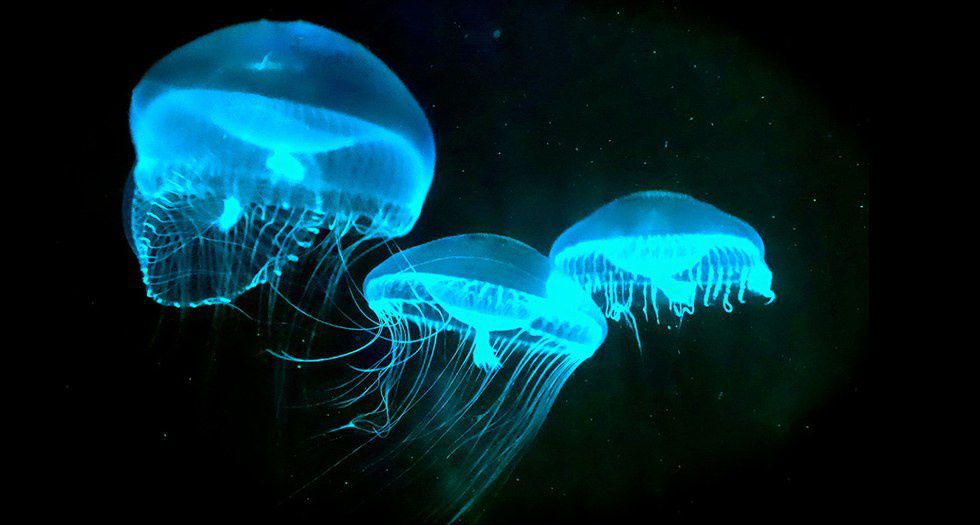As I was lying outside soaking in the last few sun rays of my homework-free life, I started to think about the sun, whose rays were penetrating my pores and lightly roasting my skin, turning me into a slightly singed human marshmallow. What a strange, utterly capable ball of fire – it is the main source of light in my life, and responsible for illuminating the world around us. ALSO, it has the power to make my skin a nice shade of lobster red. Light. What a crazy, cool thing. It’s everywhere, it’s powerful, and I take it for granted. Here are just a few of the things for which light is responsible:
Vision. Light illuminates! For those of us with functional eyeballs, light serves as a bearer of truth through illuminating the visible world around us. How much of what we see, though, is truly there? How much are we missing? (If you’re interested in questions like these, check out David Eagleman’s book, Incognito: the Secret Lives of the Brain) I had the opportunity to visit San Francisco’s Exploratorium this summer, and while I was there, I came across a station hosting a black surface and a light. I shined the light at my eye from a low angle and stared at the black surface, and after a few seconds, my mind was blown: I saw a spattered array of root-like lines. What the heck, I thought, what’s happening to me? I was seeing my own blood vessels projected onto the surface before me, and I learned that our brain merely conditions itself to ignore the blood vessels obstructing our vision. Woah.
Photography. Photography is painting with light. What could be cooler? Just think about how we developed photography as an art form – it began as a tedious, multi-day exposure process in the early 19th century and has evolved to become one of the most prominent forms of self-expression (or should I say, selfie-expression?)
Pollution. Light pollution is why, when you’re trying to get that #sick long exposure of the starry night sky for your next post on Insta, your images show up black with a fuzzy glow around the edges (believe me, I feel your pain). Not only does light pollution mess up our attempts to show our friends how #outdoorsy and #artsy we are, but it also hinders astronomical observation and research. Beyond that, it alters ecosystems. Our incredibly bright city lights turn night into day, but nocturnal creatures actually need darkness – they need nighttime – in order to survive. Animals use the night as a form of protection, hiding and making themselves invisible to predators, or hunting under the invisibility cloak of ~darkness~.
Bioluminescence. Light need not come from bulbs or the sun; in fact, some organisms can produce light just as easily as we can speak. Many of these organisms possess an enzyme called Luciferase (think lucifer, or ‘light bringer’), which emits light. Organisms that produce light are capable of bioluminescence, and they use it for many different reasons: some attract mates, others defend themselves, and some communicate with their luminescent properties. Think about what a strange world it would be if humans literally lit up every time they saw bae.























